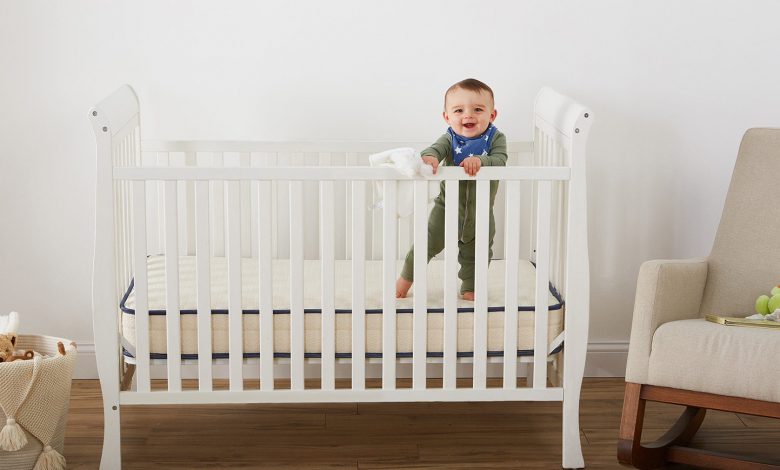New Safety Standards For Baby Cribs

The CPSC, JPMA, and ASTM have been reviewing the safety of baby cribs. These organizations are responsible for regulating the quality of wood products. While cribs may not be directly affected by the legislation, they may still affect your choice. Read on to learn more. Then, start shopping for the perfect crib for your baby! It may be just what you need to start your family off on the right foot! If you have any questions, feel free to contact the companies mentioned above.
CPSC
The CPSC regulates baby cribs. The proposed rule would require manufacturers to provide a consumer registration form with every product to follow it. These companies would then be required to maintain a record of all registered products. Additionally, manufacturers would be required to permanently mark the crib with manufacturer information, model name and date of manufacture. Despite the proposed rule’s many benefits, many consumer advocates say it would cost child care centers a great deal of money.
JPMA
If you’re looking for a safe baby crib, consider buying a JPMA certified product. This seal means that it meets rigorous testing standards for safety and quality. While many products are merely marketed as “JPMA certified,” this certification means that they meet or exceed all relevant government requirements for safety. It’s also important to note that not all products are certified by the JPMA. Fortunately, there are many ways to find out whether or not a crib is certified by this prestigious organization.
ASTM
The Consumer Product Safety Improvement Act of 2008 (CPSIA), also known as Pub. L. 110-314) requires manufacturers to meet specific safety standards. As a result, the Consumer Product Safety Commission has developed standards for full-size and non-full-size cribs that are substantially similar to voluntary standards. For example, the standard for full-size cribs addresses entanglement on corner post extensions, warning labels, and accessories within the occupant retention area.
CPSC’s review of standards for cribs
New proposed CPSC standards will require manufacturers to label the hazard-avoidance statements on full-size crib mattresses. These standards are equivalent to those outlined in ASTM F2933-19 and incorporate modifications to reduce the risk of injury. These new standards are being used for all baby cribs and other infant sleep products, including bassinets and play yards. If adopted, these new standards will be effective in protecting consumers.
Size
When shopping for a crib for your child, you should make sure to get one that meets the federal size and weight requirements. Federal regulations specify that the sleeping surface of a crib must be at least 28 inches wide by 52 3/8 inches tall. There is room for variation within these standards, though. Many manufacturers make adjustments to these minimums. To be safe, you should always check the measurements on the crib packaging and instruction manual. It is also a good idea to know the maximum weight that a crib can support.
Convertibility
Many parents wonder about the conversion capability of baby cribs. A convertible crib is ideal for parents who know that their tastes and needs will not change over time. It is designed to be one piece so that it can be easily converted from a crib to a toddler bed. However, a convertible crib can cost more than the actual toddler bed. If this is the case, consider the following things before buying a crib. If you’re unsure whether a crib is convertible, consult a professional.
Standard size
The CPSC regulates standard size baby cribs. If a crib does not meet a standard, it violates section 19(a)(1) of the Consumer Product Safety Act. CPSC staff estimates that over 68 firms in the United States manufacture and supply full-size baby cribs. Of those firms, at least five percent sell used cribs. Therefore, CPSC can’t categorize the remaining firms for more details visit this site.
Safety rules
In 2010, new safety rules for baby cribs were implemented to help prevent accidental falls and other injuries. The final rule incorporates ASTM F 406-10a, a Standard Consumer Safety Specification for Non-Full-Size Baby Cribs. The rule requires cribs to meet these standards, but adds four modifications. For example, cribs with missing hardware or mesh are no longer considered safe. If there are any loose parts or holes, the child could fall into the crib.



